
Introduction:
As we have flown over our overview of the Bible, we have covered nearly 3,500 years of time. To review where we have journeyed in this ongoing study, I'll first list the prior posts in this series that readers can review below:
Introducing the series: Bird's-eye view of the Bible.
http://www.growingchristianresources.com/2020/01/introducing-birds-eye-view-of-bible.html
1. Theme of "Creation" in Genesis 1-2.
http://www.growingchristianresources.com/2020/01/birds-eye-view-of-bible-theme-of.html
2. Theme of "Catastrophe" in Genesis
3-11.
http://www.growingchristianresources.com/2020/02/birds-eye-view-of-bible-theme-of.html
3. Theme of "Patriarchs" in Genesis 12-
50.
http://www.growingchristianresources.com/2020/02/birds-eye-view-of-bible-theme-of_9.html
4. Theme of "Redemption" in the books
of Exodus through Deuteronomy.
http://www.growingchristianresources.com/2020/02/birds-eye-view-of-bible-theme-of_12.html
5. Theme of "Spiritual Victory" in the
Book of Joshua.
http://www.growingchristianresources.com/2020/02/birds-eye-view-of-bible-theme-of-victory.html
6. Theme of "Spiritual Defeat" in the
Book of Judges.
http://www.growingchristianresources.com/2020/02/birds-eye-view-of-bible-breaking-sin.html
7. Theme of the "kingdom of God" in 1
and 2 Samuel.
and 2 Samuel.
8. The theme of "Straying away from God" in 1&2 Kings and 1&2
Chronicles.
http://www.growingchristianresources.com/2020/03/birds-eye-view-of-bible-theme-of.html
9. The theme of "Far-away from
home".
http://www.growingchristianresources.com/2020/03/birds-eye-view-of-bible-exploring-theme.html

As we prepare to leave the Old Testament in preparation for the New Testament, I want us to focus on the theme of hope. Have you ever had a light in a room operated by a "dimmer switch"? The dimmer switch can gradually turn on the lights and make them more bright or progressively dimmer. Whenever we think about how God is revealed the Bible, He made known the truths of His Word in a progressive way. As we review all the themes we have observed in the Old Testament, I want us to take note of how we see the theme of "hope" gradually revealed.

We began with God's creation of everything, life and humanity in the theme of "creation". Hope seemed at its brightest, since Adam and Eve had a perfect life with God in the first two chapters of Genesis. History began as a time of "innocence" for Adam, Eve and all creation, with God relating to them by an original covenant which, if obeyed completely, would had resulted in an eternity of fellowship with God.
Sadly, Adam and Eve disobeyed God, listened to the serpent's suggestion to eat of the tree of knowledge of good and evil. The light of hope was gone from their life. They had broken God's original covenant, resulting in what we called: "the catastrophe of the fall" (Romans 5:11-21). The Fall led to sin and death, as well as what would later be two other catastrophes: the Flood of Noah (Genesis 6-9) and the Tower of Babel (Genesis 10-11). Although the Fall of Genesis 3 brought incredible ruin, all was not lost. God had already planned to reveal the hope of salvation despite what He knew would take place in the catastrophe of the Fall. How do we know this?
We read in Romans 8:21-25 that God already had planned for redemption, placing the whole of creation and humanity under a curse "for the sake of hope". We can see God initiating His eternal plan of salvation by offering Adam and Eve a second, gracious covenant which would outline the Gospel: death of an innocent on behalf of the guilty, receiving what God provided in salvation by faith apart from good deeds.
God would regulate history and the rate of humanity's proneness to evil by way of conscience and human government. Although man was in darkness, God was ever pointing mankind toward finding hope in God.
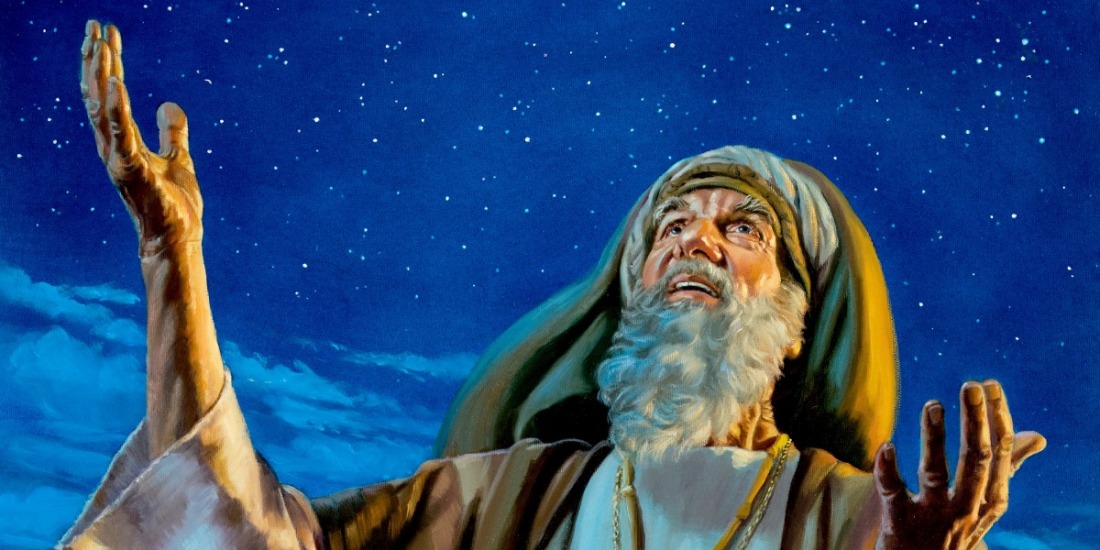
We then came to Abraham and God's promise to Him of an ultimate blessing that would include the eventual nation of Israel and a descendant who would be the Savior of all time. The light of the hope of salvation was turned up a little more. We discovered a third theme which we called: "Patriarchs", since God's dealings with His people centered around Abraham, Isaac and Jacob. The covenant of grace God originally issued to Adam and Eve would find itself repeated in God's promise to never destroy the world with a flood (God's covenant to Noah in Genesis 8-9) and His covenant to Abraham, Isaac and Jacob. We once again see a glimmer of hope of God's plan of salvation working forth through what would become Abraham and his descendants.The time frame between the days of Abraham to Moses is what we called: "the age of promise".

We then flew four hundred years from Abraham to Moses and came to our fourth theme: "redemption". We saw how God took a people (the Hebrews), rescued (that is, redeemed them) out of Egypt. God's purpose in redeeming the people from Egypt was to bring them to Himself, where He could meet with them at Mount Sinai, reveal the Law, reveals the tabernacle and make them into a nation of worshipers. The enslavement of an entire group of people for 400 years was indeed a dark time, yet, God brought the light of hope of salvation through Moses: God had heard their cries for help.
God's way of regulating humanity would not only involve conscience, government and promise, but also the writing down of His laws on tablets of stone. God has always pointed mankind to their need for salvation, showing that no one can earn salvation by good moral living. Moses was given the Law of God, which was designed to point the way to people's need for the Gospel.
In a way similar to Adam and Eve, the first generation of Israelites who came out of Egypt, under Moses, broke God's revealed law to them, and ended up wandering in the wilderness of Sinai for 40 years. Thankfully, God kept His promises to Abraham, Isaac and Jacob and would graciously bring the second generation of Israelites who followed Moses into the promise land.

We then came to our fifth theme of "spiritual victory". Joshua became the new leader of Israel after Moses died. God kept His promises and the people would cross the Jordan River on dry ground as they had crossed the dry-bed of the Red Sea out of Egypt some forty years earlier under Moses. The Red Sea crossing pictures salvation and entry into a new life with God. The Book of Joshua and the crossing of the Jordan river pictures both the enjoyment, spiritual warfare and growth that is included in the Christian life. The hope that is found in God shined brighter and brighter in the book of Joshua. The promised land had finally become the possession of the people to whom it was promised - God always keeps His Word.
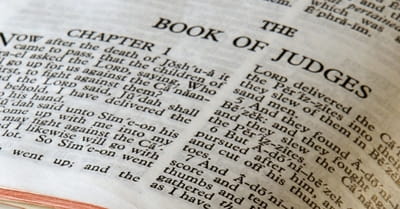
Theme six gave us the mirror opposite in the book of Judges from what we saw in Joshua, namely the theme of: "breaking the sin cycle". The book of Judges featured the next generation of Israelites living in the promised land after Joshua's death. Hope in God began to dim. The nation would suffer at the hands of one bullying nation after another. We learned how we sometimes find ourselves in a "spiritual rut". Only by admitting out sins to God can we get out of the "sin-cycle". Thankfully, Jesus has provided the solution to breaking those cycles of sin by the power He makes available through His work on the cross (1 John 1:9).
The hope of God and His salvation at times shone brighter and at other times seemed almost blocked by man's sinful choices. I remember a small creek that ran by my boyhood home. The creek was a windy little body of water that snaked it's way through the woods and hillsides of rural Pennsylvania. There were no dams or pipes to control where it flowed. There is an old saying that goes something like this: "men and rivers are all alike, left to themselves, they run crooked". The little creek did as it pleased until redirected from an outside source. As we fly from the days of the Judges to those of the prophet Samuel, we see how crooked man can become apart from God. 1 Samuel 3 tells us that the lamp in the temple was about to no longer shine, for God's word was rare in those days.

But God would intervene in Israel's history by once again speaking through Samuel and eventually to the promises He would give to David. Much happened between the ministry of Samuel, the kingship of Israel's official first king, Saul, and the well-known episode of David and Goliath. One thing was clear, God gave a glimpse of His kingdom through establishing David as king over the earthly kingdom of Israel. God gave another covenant to David, promising an ultimate King through his descendants, which the New Testament will reveal as Jesus (Matthew 1:1-17; Romans 1:1-3). Hope was starting to shine more brightly in the days of King David and thus our seventh theme: God and His kingdom.
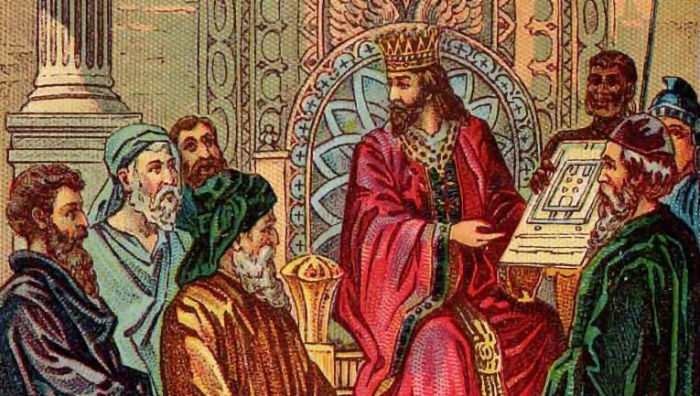
This theme of hope shines and dims and shines like a blinking light through the eighth theme: "straying from God". David's son Solomon would follow as the third official king of Israel. Although Solomon began his kingship with desire to follow God, he would soon stray away from God. We only know from reading the book of Ecclesiastes that Solomon got back to God. The kingdom of Israel would split into two kingdoms following Solomon's death. We see nothing but straying away further from God in the Northern Kingdom called "Israel". The Southern Kingdom would have eight of its twenty kings used by God to call the people back to Himself. Sadly, despite the godly kings and prophets sent by God, the people of the Southern kingdom loved their idols and sin more than God. God used the prophets to speak of what was then a future hope of restoration back to God for a people whom God would send away into an Eastern land called "Babylon".

It is in the ninth theme of "far away from home" that our "bird's eye view" would fly as we neared the end of the Old Testament. Beginning in 605 b.c.,King Nebuchadnezzar of Babylon and his armies conquered and took away the people of Jerusalem. Two other deportations in 597 b.c. and 586 b.c. would follow, with the final destruction of Jerusalem. Prophets such as Jeremiah, Ezekiel and Daniel communicated God's words about why the people were taken from their homeland: unrepentant sin and focusing on everything but God. Daniel in particular was of interest because of his seeing visions of things to come, predicting what would be the first and second comings of Jesus and living a life of faith for seventy years in a land far away from home. Despite the toughness of the situation, the hope of God is what got Daniel and his friends through their times in Babylon.
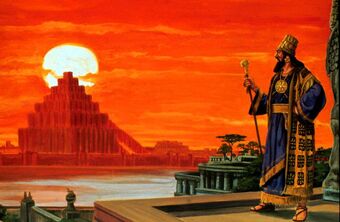
The time would finally come when the Jewish people would no longer live in Babylon. A new king and empire would conquer the Babylonians. God had predicted some 200 years earlier in 720 b.c., through the prophet Isaiah, that this king, Cyrus, would be unknowingly used of God to bring about the next stage of plans for the people (see Isaiah 45). King Cyrus, and his immediate successor Darius, would make it possible for the Jews to begin returning back home. God used a Jewish man by the name of Nehemiah to go and begin the project of rebuilding Jerusalem's walls.

When it comes to regaining hope that was nearly lost, it takes time. The Jewish people had started to return to Jerusalem under the leadership of men such as Zerubbabel and Ezra the Scribe (you can read what they did in the books of Ezra and Nehemiah). Prophets such as Haggai, Zechariah and Malachi would express God's message of hope, restoring their nation and the promise of the then future Messiah.
Malachi in particular would serve as the final writing prophet of the Old Testament, predicting the ministries of John the Baptist and Jesus (the predicted Messiah) in the final two chapters of his book. God would then prove how much His people can hope in Him even when their lives are in danger - as we see in the book of Esther.
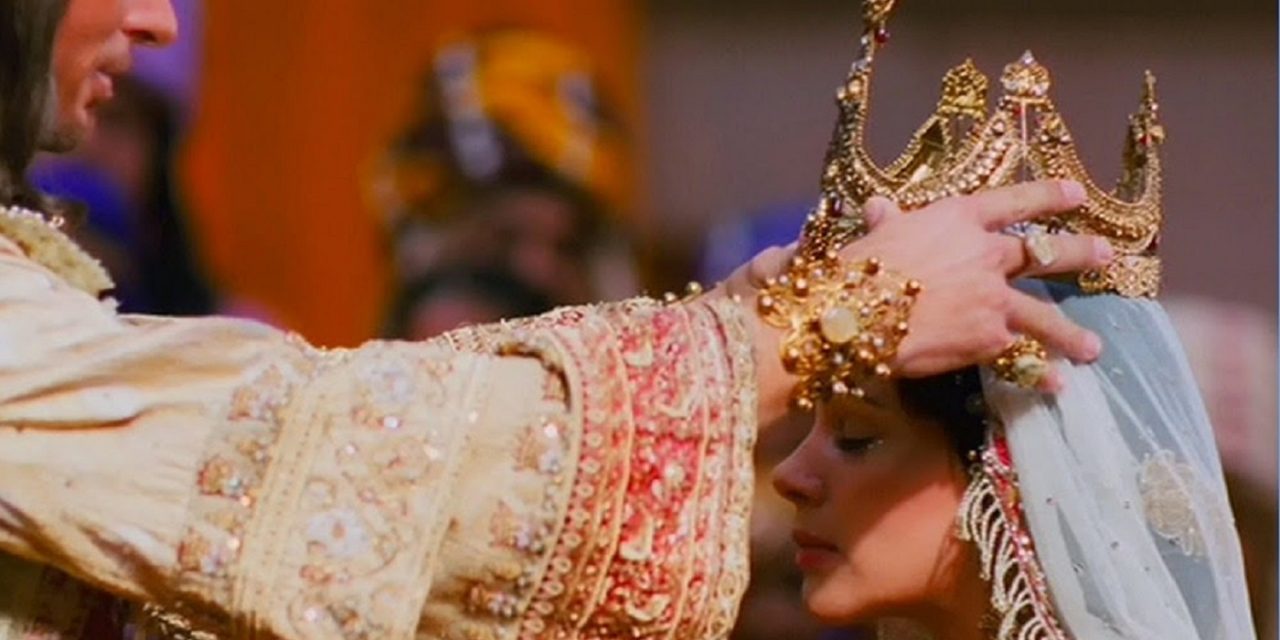
Esther is the final book written in the Old Testament (written shortly after Malachi, though appearing in the order of books before his prophecy). Although Esther never mentions God by name, yet, we see evidence of God's protection of the Jewish people from the hands of their enemies. God is always on time and never late. Therefore we see this tenth theme of hope shining throughout the Old Testament, setting the stage for what will be the coming of Jesus - our only hope and salvation.
We have explored then ten major themes in our bird's-eye overview of the Bible so far:
1. Creation.
2. Catastrophe.
3. Redemption.
4. Patriarchs.
5. Spiritual victory.
6. Breaking the sin-cycle.
7. God's kingdom.
8. Straying from God.
9. Far from home.
10. Hope.
Four hundred years of time will pass from the writing of Malachi, the final prophet, to the events of Jesus' life recorded in Matthew's Gospel. We won't say much about this period, but there are four quick facts to consider as they relate to the coming of Jesus.

First, the Babylonians, whom we encountered in theme eight, "Far away from home", was an empire that dominated the middle eastern world for over seventy years (605-539 b.c.). The Book of Daniel covers its activities, and from the Babylonians we got the group of men whom would visit Jesus ton worship Him, otherwise known as the Magi.

The next empire was the Medo-Persian empire, who took over Babylon and would reign for roughly 200 years (539 b.c. to 333 b.c.). The Medo-Persians invented crucifixion, which would be the method used to execute Jesus.

The third empire to follow the Medo-Persians were the Greeks, led by Alexander the Great and later by his four generals following his death. The Greek empire would dominate the middle east and Europe from 333 b.c. to 63 b.c. The Greeks gave us the language in which the New Testament was written.
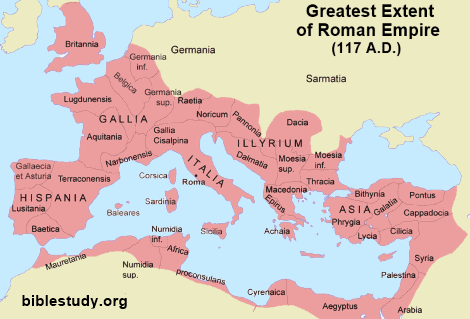
The fourth and final fact to mention about the four hundred years between Malachi and Matthew is the fourth major empire, Rome, which would take over the Greek empire in 63 b.c. and be used as God's main method in bringing about Jesus' crucifixion.
Closing thoughts:
Galatians 4:4 tells us:
"But when the fullness of time had come, God sent forth his Son, born of woman, born under the law."
Daniel's prophecies predicted all of these empires in order, centuries before the events took place. God used all of Old Testament history to prepare the way for Jesus' first coming. We will now turn to ten more themes as we continue our "bird's-eye view of the Bible" in the New Testament, beginning in the next post.
